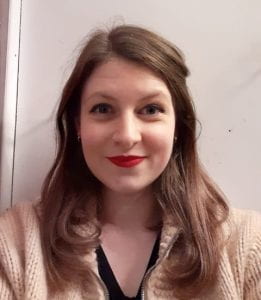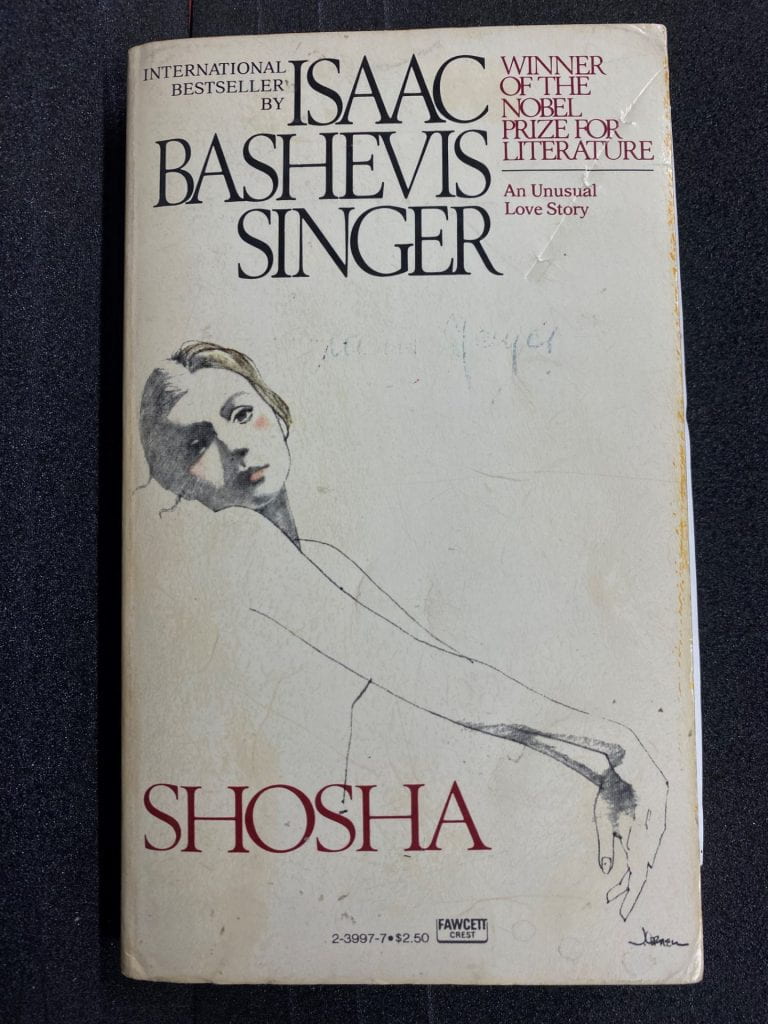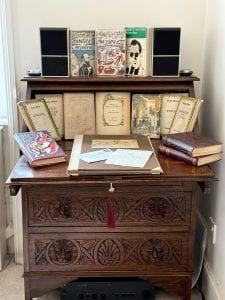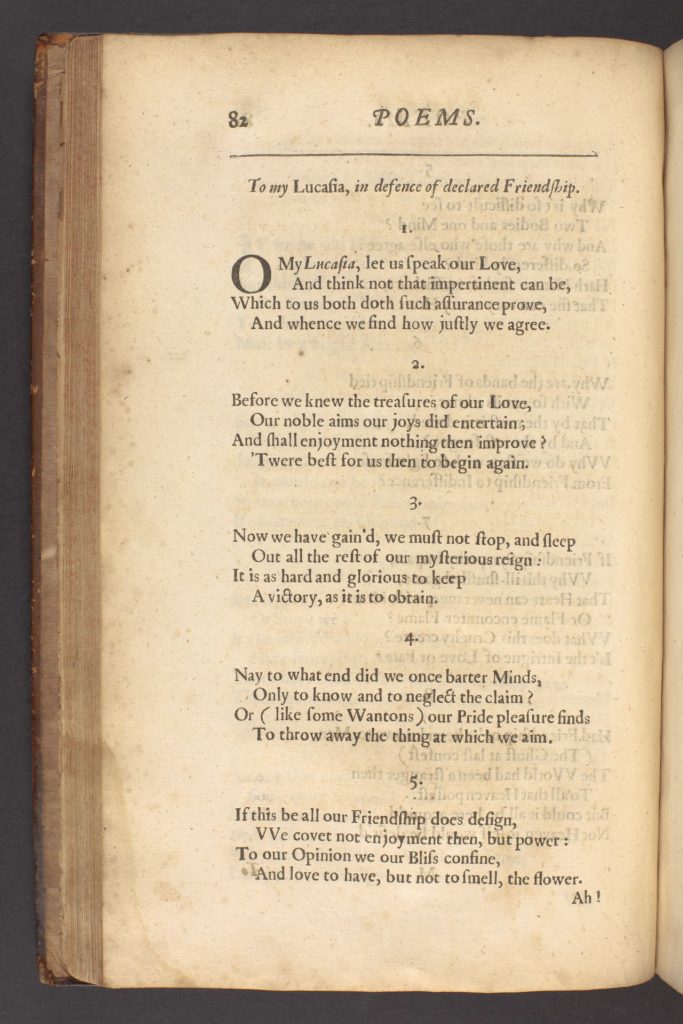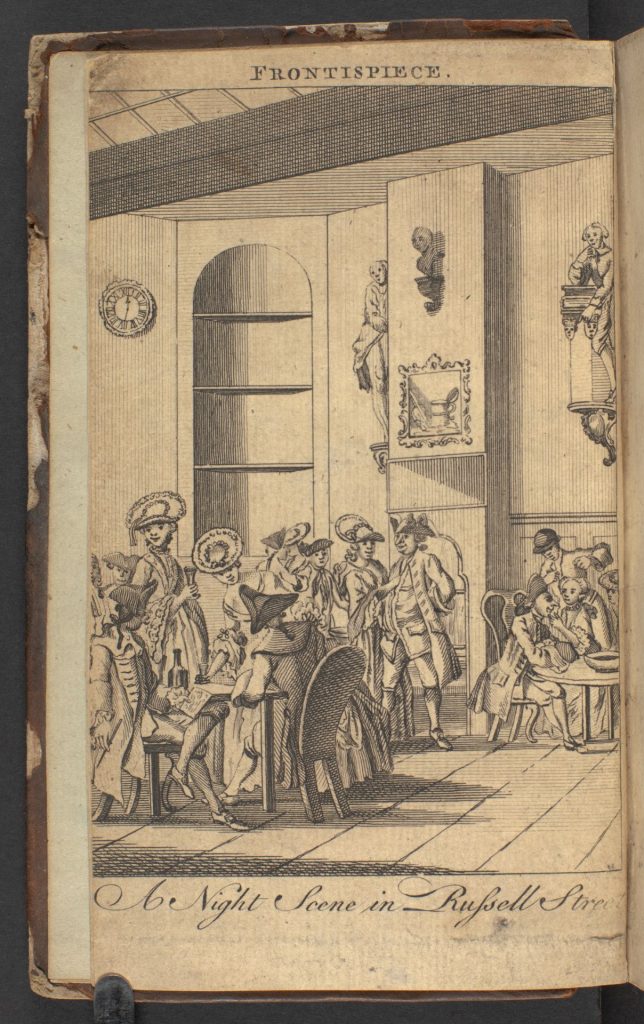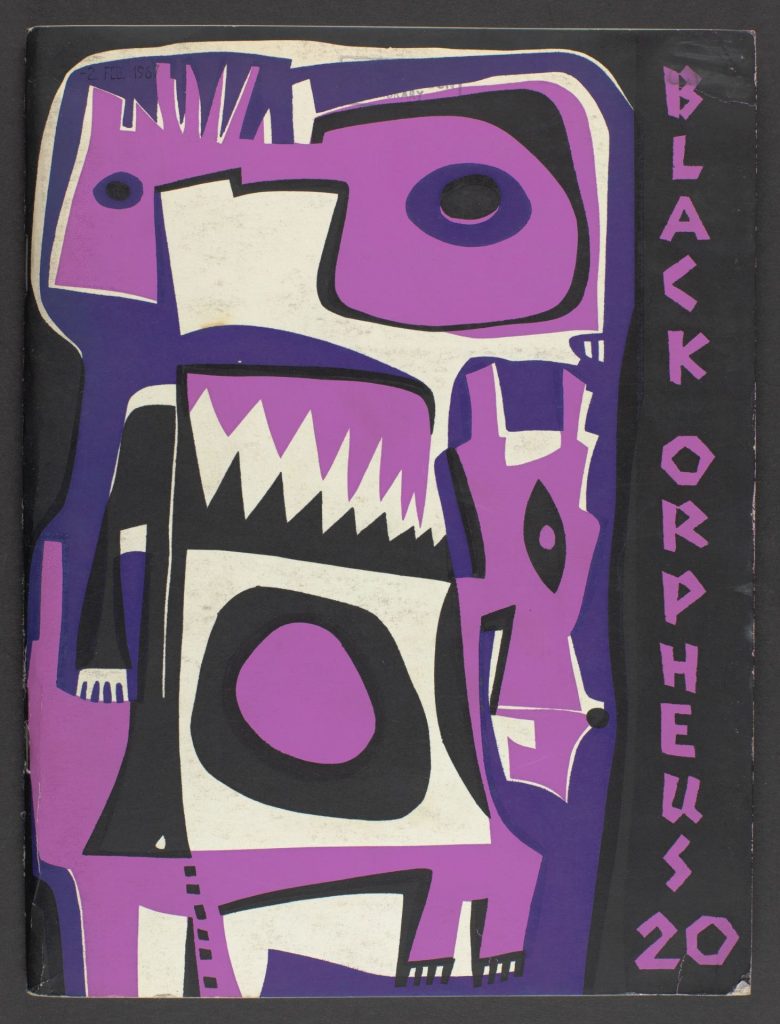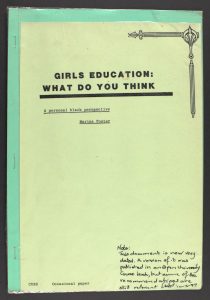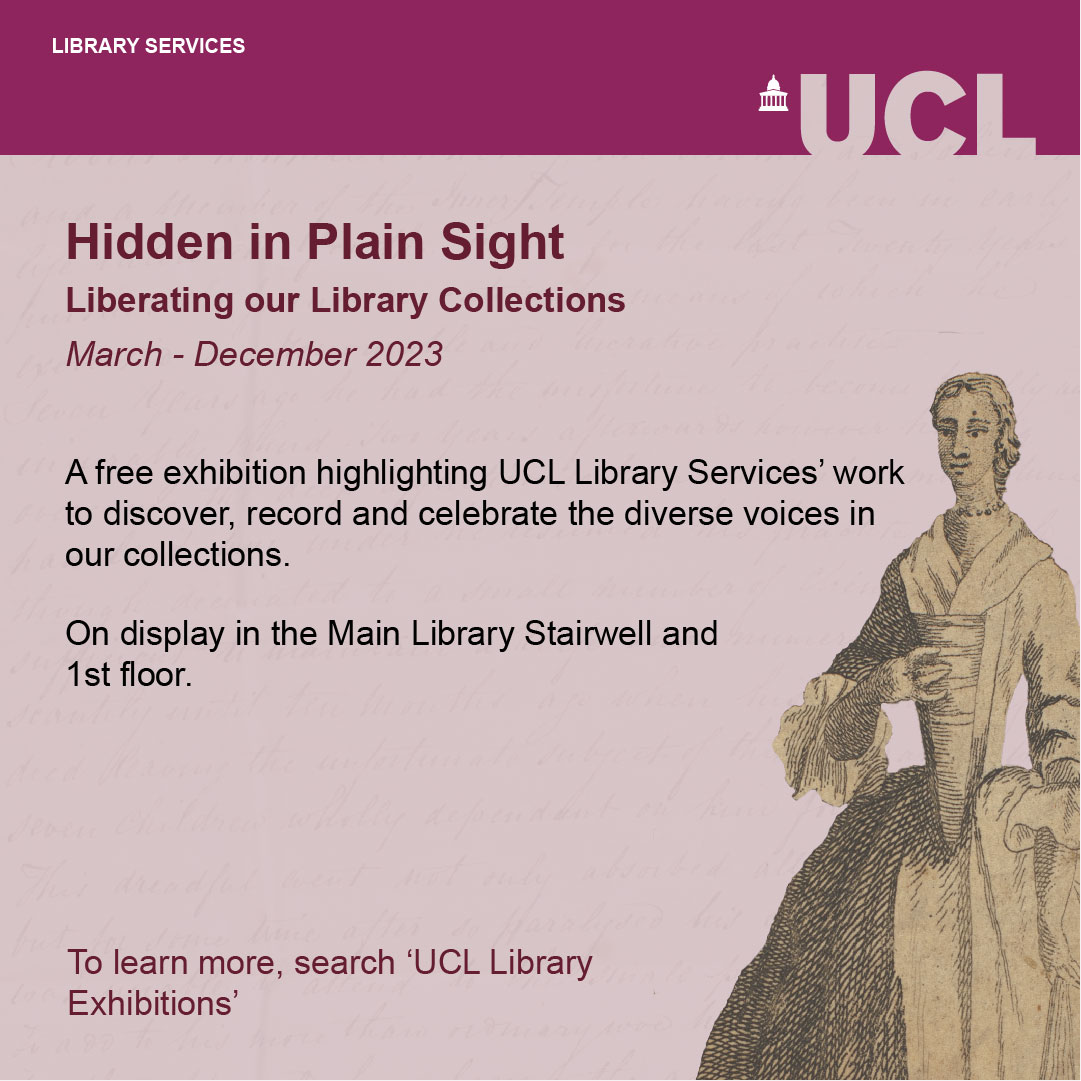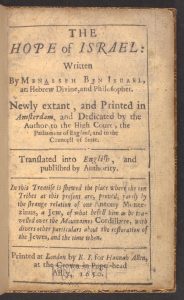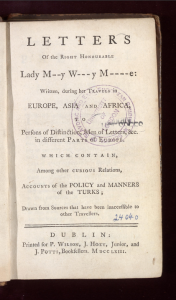Recent Acquisitions at UCL Special Collections
By Kaja Marczewska, on 6 December 2024
written by Kathryn Hannan and Kaja Marczewska
At UCL, we actively develop our Special Collections through acquisitions, by donation, bequest, transfer, and purchase. We add to our collections regularly, across our collecting priorities, to enhance, complement, and diversify our existing holdings for research and teaching.
This blog is part of a new series, showcasing selected new additions to our collections from across UCL’s archives, records, and rare books. We hope you will enjoy learning a little bit about them!
White Lion Street Free School, Papers of Nigel Wright.
Imagine a school with no compulsory lessons and no strict timetable, where pupils shop for and help prepare school lunches, take part in building maintenance, cleaning and tidying, and where decisions are made at a weekly meeting where teachers (known as workers), parents, and children all have an equal voice. This is how the White Lion Street Free School in Islington, London operated from 1972 – 1990. The school was free to attend with non-selective admissions, based on a local catchment area.
We recently received an exciting donation of archival papers about the White Lion Street Free School, now part of the Institute of Education Archives here at UCL Special Collections. These papers were collected by Nigel Wright, who worked at the School for four years (1979-1983) and wrote a book about his time there. The papers include his research and reflections on the school, correspondence about the running and funding of the school, copies of School Bulletins, and a publication by the school “How to Set Up a Free School: A Handbook of Alternative Education”. As you can imagine such an experimental school created a lot of controversy and press coverage. The collection also contains press cuttings, both praising and criticising the school.
Archive collections of material from such radical experiments in education during the 1970s – 1980s are rare as, so often, these experimental schools were short-lived. This adds to the value of this collection for research. And we are also already actively using the collection in our teaching too. Items from the Nigel Wright Papers were used this term in a module on ‘Radical Education’ on the Education Society and Culture BA. The students were fascinated to read first-hand accounts of such an experimental school and see photographs of its everyday life in the school bulletins.
To find out more about the collection, see the catalogue record for Papers of Nigel Wright.

NW/7, draft document outlining White Lion Street Free School’s philosophy, C1970s – 1980s, UCL Special Collections, IOE Archives.

NW/4, White Lion Street Free School Newsletters and publication, 1970s, UCL Special Collections, IOE Archives.
In 2024, we have also so far added over 200 new items to our rare printed collections. Included here is a preview of some of these new additions.
Two new volumes in our Laurence Housman collection:
Laurence Housman (1865-1959) was the brother of poet and scholar A.E. Housman, and a versatile artist, scholar, and social reformer. At UCL, we hold a collection of books and periodicals by or with contributions from Housman. The collection was part of the library of Ian Kenyur-Hodgkins, an antiquarian bookseller, which was purchased by the College in 1978. This year, we added two new items to the collection:
Of Aucassin and Nicolette : a translation in prose and verse from the Old French; together with Amabel and Amoris / given for the first time by Laurence Housman; with drawings by Paul Woodroffe; engraved on the wood by Clemence Housman.
This new item is a lovely first Housman edition of the anonymous medieval French chantefable, or a ‘sung story’, which traditionally combined prose and verse. Of Aucassin and Nicolette has long been popular among book designers and illustrators and many editions exist. This Housman edition was printed in London, by John Murray, in 1902 and includes 3-full page illustrations – engravings on wood, by Clemence Housman, from the drawings by Paul Woodroffe. It is Clemence’s contribution that makes this item particularly interesting. Clemence Housman (1861-1955) was Laurence Housman’s sister and herself an author, illustrator, and activist in the women’s suffrage movement. Together with Laurence, she was the founder of Suffrage Atelier, an artists’ collective committed to campaigning for women’s suffrage in England, which specialised in printmaking, banner-making, drawing, and stencilling. Clemence and Laurence collaborated often, and we hold in our collection other examples of volumes illustrated by her (e.g. Moonshine & clover).
While we hold another copy of the same edition, this new acquisition is a presentation copy, given by Housman himself to his friend John Baillie, subsequently regifted by Baillie and passed onto his friend, James Boswell in 1925.
To find out more and to request this item, please consult our catalogue record for Of Aucassin and Nicolette.

Of Aucassin and Nicolette title page (left) and half-title page with Housman and Baillie inscriptions (right). UCL Special Collections Reference: SC Temp 2024/162.
Palestine Plays by Laurence Housman.
In his four Palestine Plays, Housman explores the dangers of superstition in interpreting the Bible and offers unconventional takes on the Old Testament. In his reworkings of Biblical narratives about prophecy and social justice, Housman draws on his contemporary political activism and his engagement with radical social movements, including women’s suffrage, pacifism, and socialism.
The copy we recently added to our collection is the first edition of the Plays, published by Jonathan Cape in 1942. It was Laurence Housman’s own copy of the volume, signed by him, and includes his annotations as well as corrections to the text. The volume also includes an inscription, pasted on the back endpaper which reads, somewhat ironically perhaps: “Please keep this copy very clear, as it is a special edition. L.H.” and a pasted, undated flyer advertising Houseman’s reading from his plays at the New School Hall, King St. Methodist Church in Derby. As is the case with Of Auccasin and Nicolette, we hold more than one copy of this edition of Palestine Plays, but the newly acquired item offers a rich and unique insight into Housman’s writing and editing practice and the circulation of the book.
To find out more and to request this item, please consult our catalogue record for Palestine Plays.

Palestine Plays: half-title page with Housman’s inscription (left) and a page showing Housman’s corrections to the text (right). UCL Special Collections reference: SC TEMP 2024/9.

Palestine Plays inscription: “Please keep this copy very clean, as it is a special edition. L H”
Twelve Original Woodcuts by Roger Fry
This item includes 12 plates of woodcuts by Roger Fry, hand-printed by Leonard and Virginia Woolf at Hogarth Press, in their Richmond home in 1921.
Fry was, alongside Virgina Woolf, a member of the famous Bloomsbury Group, a Bloomsbury-based collective or artists, writers, and intellectuals active in the early 20th c. He founded the Omega Workshop in 1913, a design enterprise which brought together members of the Bloomsbury Group, set up to break what he considered to be a false division between decorative and fine arts, and to encourage the expression of Bloomsbury Group aesthetics in graphic and product design. Fry also had links with UCL, having taught art history at the Slade. And while he is today considered one of the most important art critics of his time, he was also a painter and a skilled printmaker in his own right. He printed many woodcuts in the early 1920s, mostly inspired by the modernist aesthetics of the German Expressionism.
Twelve Original Woodcuts is a wonderful example of many different areas of Fry’s practice coalescing. The volume is an expression of Fry’s keen interest in printmaking and in woodcut as a printing technology as well as a statement on his place in the Bloomsbury Group community, and its often collaborative and collegial approach to artistic practice and production. Here, Fry doesn’t print the work himself, but rather relies on the Woolfs printing press and distribution channels of Hogarth Press to produce and promote his work.
In a letter of 2 December 1921, Virginia Woolf noted that “the first edition of Roger’s woodcuts sold out in two days, and another [is] to be printed, folded, stitched and bound instantly” (Letters, II, p.495). The first printing to which Woolf referred, included 150 copies only. The second impression, which we hold at UCL, was printed on superior paper stock and without the titles of the woodcuts. The size of the second printing is unknown, but very few examples can be traced today. This was also the last book to be printed by the Woolfs to incorporate original woodcuts.
Our copy of Fry’s Woodcuts was part of Albert Ronald Morris’ library. Morris was a former Slade School student, and the item was donated to UCL by Romilly R. Morris, his son.
To find out more and to request this item, please consult our catalogue for Twelve Original Woodcuts.

One of the woodcuts from Roger Fry’s Twelve Original Woodcuts. UCL Special Collections reference: ART RARE PA 10.
The Ojibway Conquest: a tale of the Northwest by Kah-ge-gah-bowl or G. Copway, chief of the Ojibway nation.
Kahgegahbowl, also known as George Copway was born in 1818 in Upper Canda, to Mississauga chief. Although brought up in a Native American community, Kahkakakahbowh’s parents were converted to Christianity in 1827. Copway went to a church school in Illinois and later became a Methodist missionary in Canada. Following an embezzlement scandal, he was expelled from the Canadian conference of the Methodist Church and moved to the United States, where he enjoyed an extraordinary carried. His autobiography, considered to be the first book by a Canadian Native American, was published in 1847 and proved an immediate hit. The Ojibway Conquest, the copy of which was recently acquired by UCL Special Collections, followed in 1850.
Published under Copway’s name, the work wasn’t in fact written by him. Julius Taylor Clark claimed in 1898 to be the author who had allowed Copway to publish it under his own name in order to “raise fund to aid him in his work among his people.” A later, 1898 edition includes Clark’s preface which outlines the book’s publication history.
The copy we hold is the first, 1850 edition, published in New York and includes Copway’s portrait. Interestingly, it is a presentation copy, which was gifted by Copway himself to Dudley Arthur Mills, the British Conservative MP, in 1850.
To find out more and to request this item, please consult our catalogue record for The Ojibway Conquest.

The Ojibway Conquest: a frontispiece portrait of George Copway (left) and a presentation copy inscription (right). UCL Special Collections reference: SC TEMP 2024/16.
Dialogo della bella creanza della donne, dello Stordito Intronato.
Also known as La Raffaella, this volume was a popular 16th century work on women, social life, youth, love, and desire, considered quite scandalous in its day. Dialogo was written by Alessandro Piccolomini (1508 – 1578), but published under the pseudonym Stordito Intronato. Piccolomoni, very well known in his time for both his comic and scientific writing, was an active member of the Academia degli Intronati, an important meeting place for the aristocracy in the Republic of Siena. On entering the Acadmia in 1531, he took a name of Strodito, under which he published. His Dialogo was written as ironic, provocative, and playful entertainment for his fellow members of the Academia, but revealed also a wealth of detail on Renaissance women’s social lives, and often problematic modes of their representation in literatures of the period.
First published in Venice in 1539, the volume was republished many times during the 16th century. UCL holds its 1560 edition from Milan. There are only two other copies of this edition recorded in the UK; Universal Short Title Catalogue identifies only four additional copies internationally. That is, this is a very rare item, and the UCL copy is made even more special as it retains its original 16th c. full soft pigskin binding with black lettering on spine.
This item was part of the collection of Professor Charles Randolph Quirk, the Quain Professor of English Language and Literature at UCL from 1968 and 1981. His collection was donated to UCL by his widow Gabriele Stein, lady Quirk, and is now part of UCL Special Collections. But our copy also includes traces of its other owner, the costume historian and British Museum curator John Lea Nevinson. Both an inscription and Nevinson’s playful bookplate are present in the volume, alongside a leaf inserted at the end with notes on edition of this work, in what looks like Nevinson’s handwriting.
To find out more and to request this item, please consult our catalogue record for Dialogo.

Dialogo della bella creanza delle donne (1560), title page.

John L. Nevinson’s bookplate, as seen in our copy of Dialogo (1560).
All our collections and collection items mentioned in this blog are available to all and can be viewed in our reading rooms. More information about what we hold and how to book an appointment is available on our website.
We often work with donors and accept new acquisitions, where these supplement and enrich our existing holdings and speak to our collecting priorities. If you have an item or a collection, no matter how big or small, which speaks to our collecting remit and might need a new home, please contact us on spec.coll@ucl.ac.uk to discuss a possible donation to UCL Special Collections.
 Close
Close





















